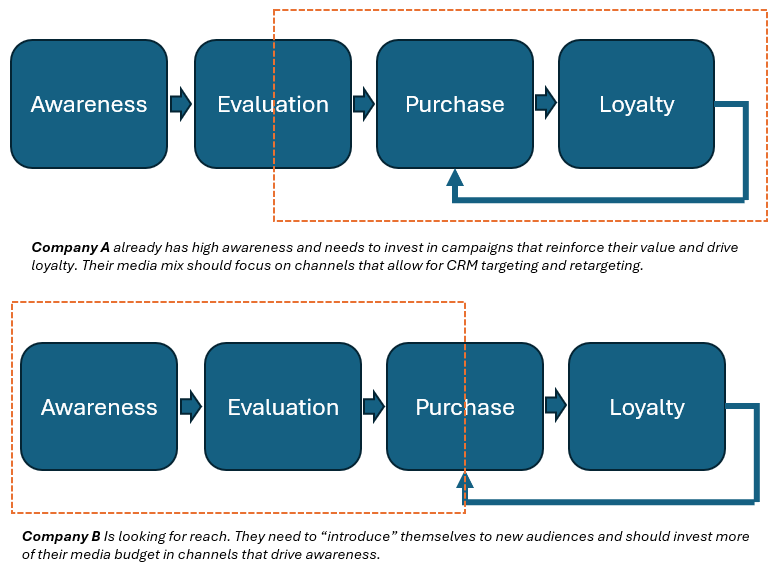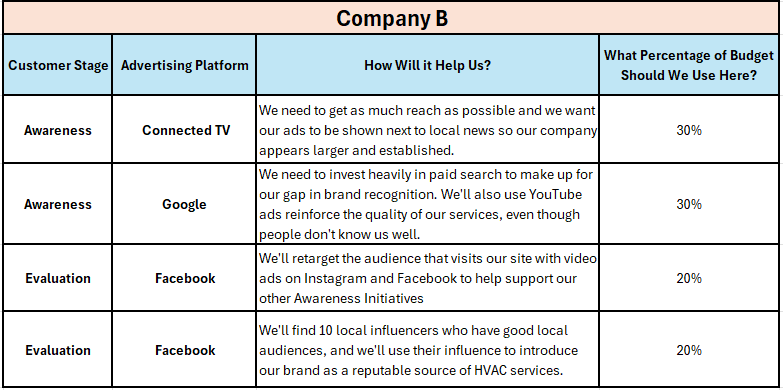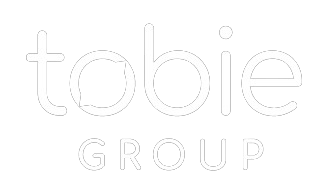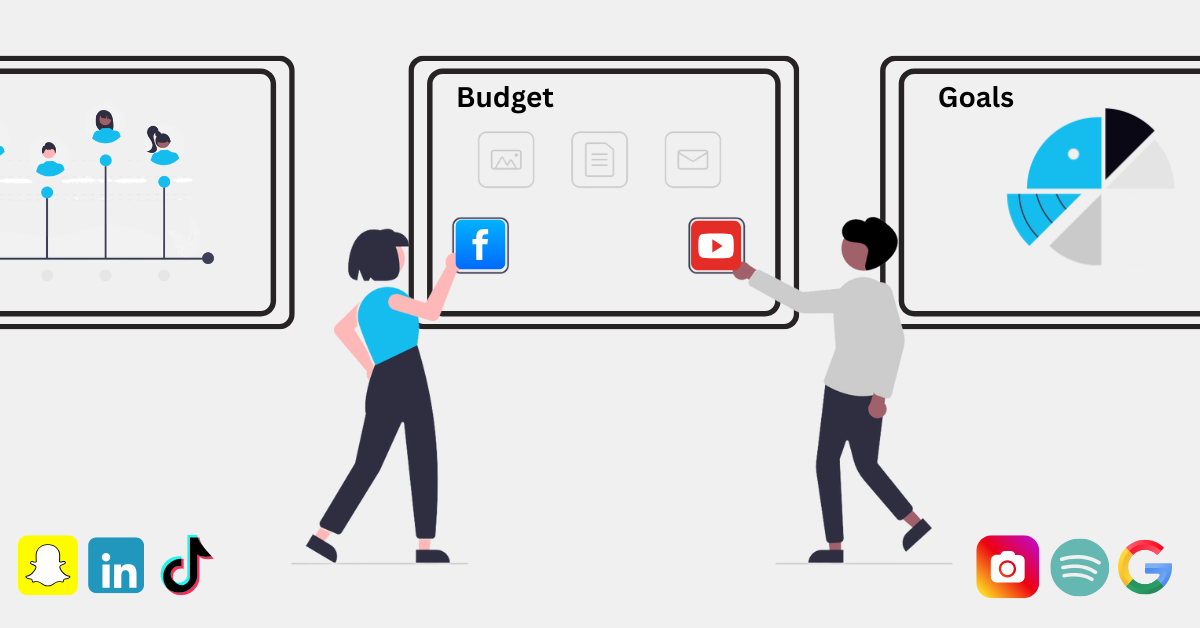Business owners and marketers come to us all the time with the same questions: “How much should we spend on digital ads?” and “Where will we see the best return?” The truth is, there’s no one-size-fits-all answer when it comes to how to build a digital advertising budget. We’ve built and managed literally thousands of campaigns—enough to know the smartest investments always start with your audience.
Whether you’re working with a $10,000 or a $10 million budget, every dollar needs to pull its weight. That means going beyond channel selection and diving deep into who you're trying to reach, what drives them, and how they make decisions.
In this guide, we’ll show you exactly how we approach the budgeting process.
Your Advertising Budget Starts With Understanding Your Audience
Most marketers ask, “How much should we spend on each channel?” But that’s putting tactics before strategy. It’s easy to fall into the trap of dividing your budget into neat platform buckets, without any real insight into what will actually drive behavior.
The real question is: “How should media influence our audience?”
- Persona Development: Who are your current customers? Are those your ideal customers? How might the customers you have today differ from the customers you’d like to pursue? We recommend identifying 3-4 customer personas/avatars to help with the ad budgeting process. What do those customers care about? What digital platforms do they interact with throughout their day?
- Customer Journey Mapping: Understand how your audience moves from awareness to action, and design your media strategy to guide them through each step intentionally. If you have a sense of “who” your customer is, you’ll need to dive into “where” you can interact with them. More importantly, it’s important to map the different touchpoints that a customer has with your brand before purchasing.
Advertising Audience Research Tools We Recommend
Many businesses already have more audience data than they realize. Your CRM likely holds valuable insights about purchase history, sales cycle length, customer lifetime value, and referral behavior. Take time to review this data and identify patterns in your best-performing customer segments.In addition to internal data, several tools can help deepen your audience understanding:
- Google Analytics and HubSpot to track on-site behavior and funnel performance.
- SEMrush and SimilarWeb to evaluate search intent, competitor traffic, and market trends.
- SparkToro to discover where your audience spends time online, what they talk about, and who influences them.
- Your own social media platforms offer clues as well. Look at who follows you, what they engage with, and whether they reflect your target persona.
- Google Keyword Planner, SpyFu, and Ahrefs for keyword and competitive PPC research.
Why Audience Should Shape Your Advertising Budget Strategy
Great audience research changes how you think about budgeting. Instead of starting with platforms or tactics, we advocate that our clients start with intent. As marketers, our most important job is to understand who is buying from us, and why. That means we must step outside the our own preconceived notions of what advertising platforms we SHOULD be on, and think more about the platforms our audience IS on.
Understanding your audience should provide clarity on where to show up, what to say, and how to move someone from awareness to action. That clarity avoids wasted on channels that don’t align with your customer’s decision-making process.
The goal is to remove the guesswork and build a plan based on:
- Where your audience actually spends time online
- What messages and content styles drive engagement
- How buying decisions unfold over time
- What platforms, offers, and creative formats create momentum
Our approach ensures your media dollars support real behavior change, not just surface-level metrics. Budget decisions become sharper. Performance improves. And most importantly, your marketing starts to feel less like trial and error—and more like strategy.
How to Apply Your Personas and Customer Journeys to Your Media Plan
Once you’ve mapped your audience and their customer journey, the next step is to start building your plan.
Let’s consider two HVAC companies in Tempe, AZ. They each have done their persona work, which shows that they serve similar customers, but have very different goals. Both have identified that their ideal customer is a 35–45-year-old woman who makes household service decisions. But the way each company approaches media planning depends entirely on what they’re trying to achieve with their advertising.
HVAC Company A: The Established Leader
This company has been serving the community for years. Their brand is recognized, their website ranks well in local search, and they enjoy steady organic traffic. But lately, they’ve noticed a drop in calls and bookings. Too many site visitors are browsing, then price shopping elsewhere. Their priority is to re-engage past customers, reinforce trust, and reduce churn by converting more of the traffic they’re already getting. Although they rank well organically, they have noticed new competitors are spending more in paid search, and they think that’s having an impact on their call volume.
HVAC Company B: The Ambitious Challenger
With a small but capable team, this company is ready to make a name for themselves this summer. They have traditionally served a small area of the city, but are ready to start expanding their brand to other parts of the metro area. They want to reach more local homeowners, build awareness quickly, and insert themselves into the decision-making process before customers turn to more established competitors. They have have a robust paid advertising budget, but their click through rates are low and they have a feeling that customers are passing them up because they don’t have the same brand recognition as some of their competitors.

These two organizations showcase how similar audiences can still require entirely different media approaches based on the business's goals. Smart budget allocation starts with understanding what the business needs most and then layering budget and media channels on top of that strategy.
Combine Business Strategy With Advertising Tactics
Once each of our sample companies understands their customer journey and business needs, they can take the final step: assigning a budget allocation to the proper media channels. It’s important here to be able to define why you are choosing each media channel. We like using this simple format:
Customer Stage:
Advertising Platform:
How Will it Help Us:
Budget Percentage:
Let’s look at how each of our HVAC companies might handle their respective media plan:


Great Strategy on Paper Isn’t Enough: Add an Execution Filter
A well-designed media plan looks great in a spreadsheet. But in the real world, execution is challenging for small teams with limited resources. Even the best-laid plans can fall apart if they don’t account for the day-to-day realities of bandwidth, content development, or internal expertise.
Before locking in your budget, ask yourself a critical final question: Can we realistically execute this plan with the resources we have?
Here are a few ways we see execution challenges show up in small businesses:
- Spreading Too Thin Across Channels
It’s tempting to be everywhere, but doing a little bit on every platform usually results in poor performance across the board. - Knowing What’s Important, But Missing Key Pieces
You might correctly identify that video ads on YouTube or Instagram would drive results—but if you don’t have the creative team, editing tools, or timeline to produce strong content, you’re setting yourself up for frustration. - Brand Or Performance Considerations
Even if a platform offers strong targeting or reach, it might not be the right fit for your brand identity or values. For example, a high-end home services business might decide that TikTok doesn’t reflect the tone or professionalism they want to project. Or, an organization might be very focused on measuring direct impact of digital advertising. In that case, Connected TV might be a challenging channel because direct clicks to conversion are impossible on a television.
This is why we recommend adding a final layer to your media planning framework:
- Customer Stage
- Advertising Platform
- How Will It Help Us?
- Budget Percentage
- Ability to Execute (Yes / No / Maybe)
This helps you avoid overcommitting to ideas that sound great but stall in execution. It’s okay to cut something from the plan if you can’t do it well right now. Build a roadmap for adding those tactics later—when the right support, tools, or team members are in place.
Still Feel Like You Need an Advertising Agency to Help Out?
If your head’s spinning a bit, you’re not alone. Even with the right strategy, many businesses realize during the execution exercise that their team doesn’t have the time, tools, or expertise to bring every piece of the plan to life. That’s exactly where we come in.
At Tobie, we believe businesses deserve flexible, strategic marketing. Whether you’re working with $1,000 a month or $10,000 a day, we’ve built, scaled, and optimized campaigns across nearly every platform and industry.
If you’re unsure where to start or want a second opinion on your current plan, reach out. We offer a free advertising audit to help you evaluate your budget, channels, and strategy.


